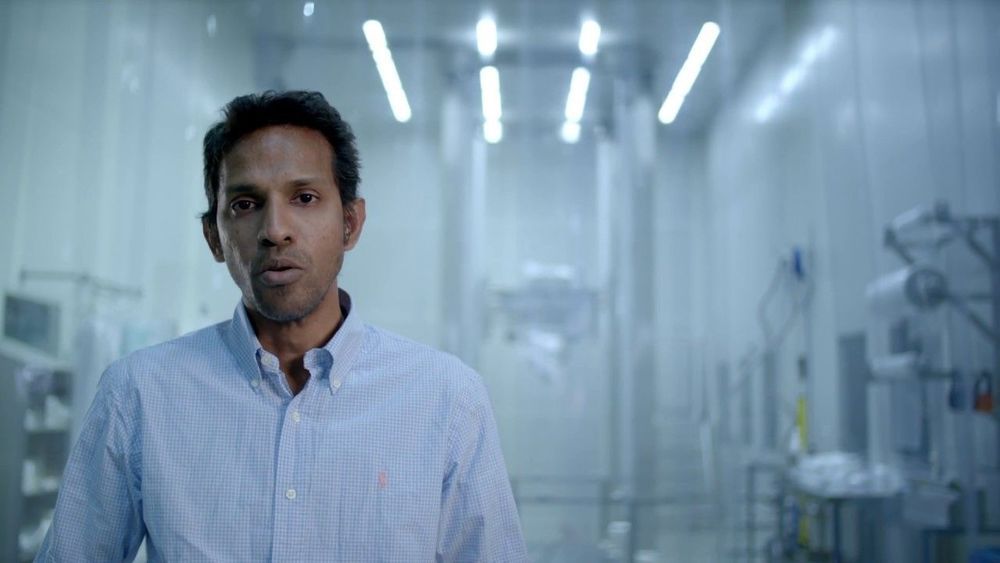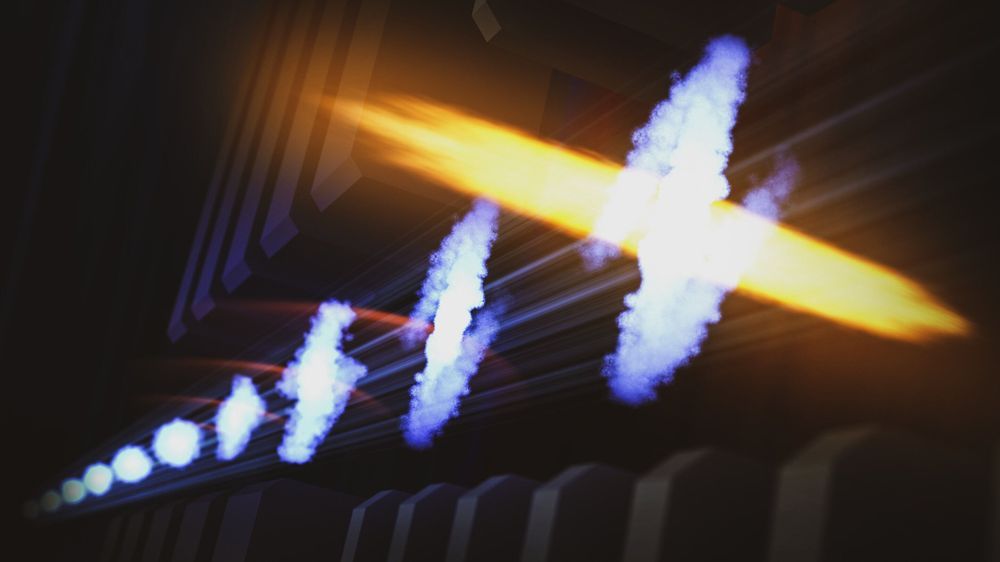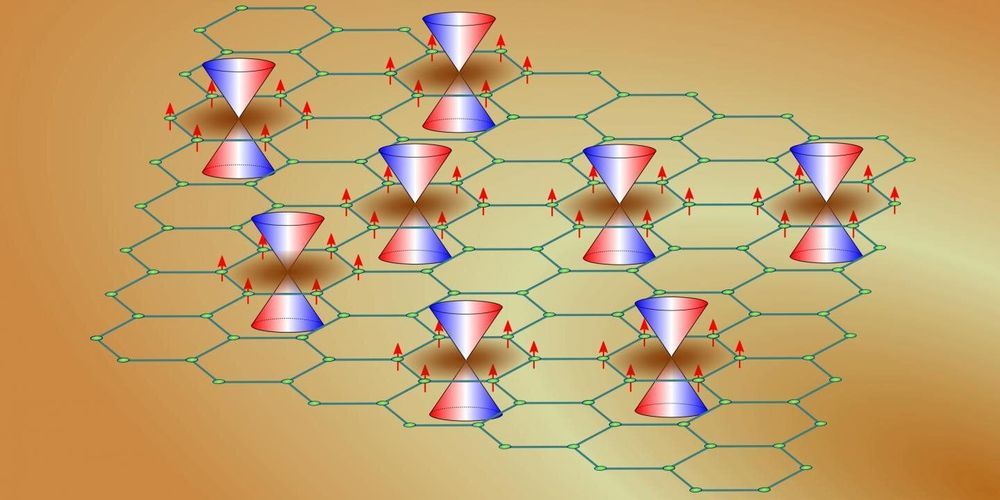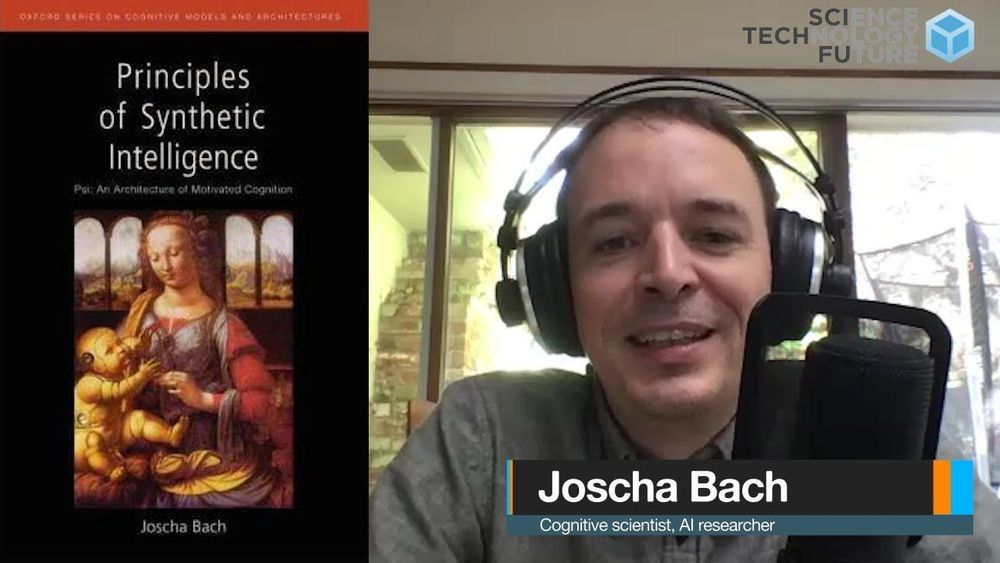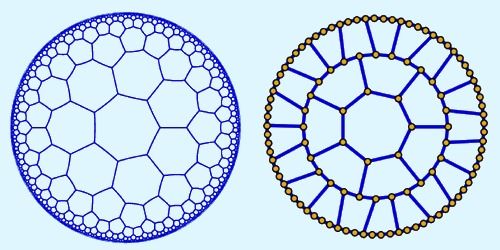Sep 16, 2020
Alien Technology — Almost Useless!
Posted by Dirk Bruere in categories: computing, particle physics
Returning to the theme of what might be dubbed “UFO Realism” I would like to address a topic that exercises the minds of a lot of UFO conspiracy theorists, namely, reverse engineered alien technologies.
First, is there any evidence at all that any technology we currently have has any extraterrestrial element? For example, one famous claim by Colonel Corso is that much modern technology was derived from the Roswell Incident. To quote the Wikipedia entry the list includes “…particle beam devices, fiber optics, lasers, integrated circuit chips and Kevlar material”, not to mention the transistor itself.
The initial problem with these claims is twofold.

